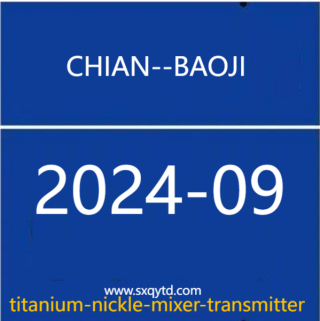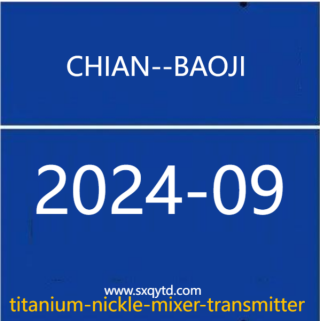What guidelines should be followed for the installation and maintenance of nickel pipe fittings?
[ 信息发布:本站 | 时间:2024-03-14 | 浏览:493 ]
What guidelines should be followed for the installation and maintenance of nickel pipe fittings?

Here are guidelines to follow for the installation and maintenance of nickel pipe fittings:
-
Pre-Installation Inspection: Before installation, inspect nickel pipe fittings for any damage, defects, or contamination. Ensure fittings are compatible with the piping system and meet specifications.
-
Proper Handling: Handle nickel pipe fittings with care to prevent damage or contamination. Avoid dropping, dragging, or mishandling during transportation and installation.
-
Cleanliness: Ensure cleanliness of the pipe fittings and the surrounding area during installation. Remove any dirt, debris, or foreign materials that could compromise the integrity of the fittings.
-
Correct Installation Procedure: Follow manufacturer's recommendations and industry best practices for installing nickel pipe fittings. Use appropriate tools and equipment, and ensure proper alignment and tightness of fittings.
-
Avoid Over-tightening: Do not over-tighten fittings, as this can cause damage or distortion, leading to leaks or failures. Follow recommended torque values to achieve proper sealing without damaging the fittings.
-
Proper Support: Provide adequate support for nickel pipe fittings to prevent sagging, stress, or misalignment. Use suitable hangers, clamps, or supports as per installation guidelines.
-
Avoid Mixing Metals: Avoid mixing nickel fittings with dissimilar metals to prevent galvanic corrosion. Use compatible materials for piping, gaskets, and fasteners to maintain corrosion resistance.
-
Regular Inspection: Periodically inspect nickel pipe fittings for signs of damage, leaks, or corrosion. Address any issues promptly to prevent further damage or system failures.
-
Routine Maintenance: Perform routine maintenance tasks such as cleaning, lubrication, and inspection as per manufacturer's recommendations. Replace worn or damaged fittings as necessary to maintain system integrity.
-
Training and Documentation: Ensure personnel responsible for installation and maintenance are properly trained and knowledgeable about nickel pipe fittings. Maintain accurate records of installation, maintenance, and repairs for future reference.
-
Safety Precautions: Follow all safety precautions and regulations during installation and maintenance activities. Use appropriate personal protective equipment (PPE) and adhere to relevant safety guidelines.
-
Consultation with Experts: Consult with experienced professionals or manufacturers for guidance on specific installation and maintenance procedures, especially for complex systems or specialized applications.
By following these guidelines, you can ensure the proper installation and maintenance of nickel pipe fittings, maximizing their performance, longevity, and reliability in various industrial applications.
Shaanxi Qianyi Tuoda Technology Co., Ltd;
Email:qy002@sxqytd.com;WhatsApp +8618829679311
ASTM B161 | ASTM B162 | ASTM B163 | ASTM B164 | ASTM B165 | ASTM B166 | ASTM B168 | ASTM B407 | ASTM B408 | ASTM B423 | ASTM B424 | ASTM B425 | ASTM B434 | ASTM B435 | ASTM B443
INCONEL600|INCONEL601|INCONEL625|INCONEL718|INCONELX-750|INCOLOY A-286|NIMONIC 75|NIMONIC 80A|NICKEL 200|NICKEL 201|MONEL 400|MONEL K-500|INCONEL 690|INCOLOY 800|INCOLOY 800H|INCOLOY 800HT|INCOLOY 825|HASTELLOY C-276|

